Saigo Takamori
As mentioned, Saigo was at first a supporter of the Meiji government, but the field marshal resigned into retirement a while after an incident regarding Korea, which had refused to recognise the authority of Emperor Meiji. Saigo had been a proponent of war against Korea, even to a degree that he agreed to go to Korea himself in 1873 so the government would gain a plausible excuse to go to war. To gain this
casus belli he agreed to insult the Korean government to such a degree, that they would have to kill him, which would indeed provide the Japanese with an excuse to wage war on Korea. However, Saigo was already on a boat heading to Korea, when the government recalled him, reconsidering their agreement.with Saigo. Yet, Saigo and his fellow conservatives still tried to push for war and a samurai-bases army. However, the peace party got the upper hands in the imperial councils and therefore in protest Saigo and his party resigned in protest. This causes to voluntarily retire and return to his home city of Kagoshima. Even personal appeals from his friend Shimpei Eto who led 2,000 Kyushu samurai in revolt in 1874, failed to move him. This rebellion was soon crushed and Eto subsequently beheaded.
A large number of imperial guardsmen had resigned with Saigo and they later went to Kagoshima. Here, Saigo employed and supported these men by starting a series of 132 private schools or
shigakko. These were scattered throughout Satsuma. These schools centred on Chinese classics, but English and French were also taught. However, all students were required to take weapons training and learning in tactics. Saigo also started an artillery school. Emphasis was indeed put on the ways of the Satsuma samurai and students were also taught the Bushido Code, the samurai's ancient chivalric code.
The martial nature of these schools worried Tokyo. In the later days of the Tokugawa Shogunate, just before the Meiji restoration , the Satsuma clan had begin to heavily invest in armaments, for this reason there was considerable weaponry stockpiled in armouries throughout the province. Worried about some of the best warriors in Japan rising up, on the 30th January 1877 a government sent ship arrived in Kagoshima. Without, explanation it began to remove munitions. Outraged by this 50 students attacked the Somuta arsenal, trying to carry off arms. Over the next 3 days, over 1000 students carried out raids on the naval yards and the Iso arsenal, stealing 84,000 rounds of ammunition. The officer who was in charge of the removal of arms lodged a formal complaint with the provincial government. The police however said they were unable to find even one of the raiders, despite them parading with their trophies throughout the streets. The officer gave up in disgust and ordered the ship to leave Kagoshima. Therefore, the students seized the arms factories and hired more men, going into full production. Saigo was absent hunting while these events happened, when he learned of what had happened he was in rage against the student leaders. Despite, this the act had been committed and he later congratulated his students.

The Clash at Kagoshima
Between February the 3rd and the 7th, the provincial government of Satsuma arrested 58 government agents, several of them were Satsuma born Tokyo policemen, so they could speak and understand the local dialect, making them perfect for spies. Even today the dialect of Satsuma is unintelligible to outsiders. Soon after the arrests, rumours broke out that several of the suspected spies had confessed to being sent by the government to assassinate Saigo and stir up insurrection as an excuse to invade. Therefore, his students began to press for war, but Saigo over his subordinates objections decided to go to Tokyo to negotiate. Saigo was opposed to taking an armed bodyguard with him, relying on his status as an imperial marshal for his protection. However, an advanced body of samurai had already departed for Tokyo, without Saigo's knowledge. The rebels knew that Saigo was too much of a traditionalist to abandon his samurai in a time of crisis and they knew he would be morally obligated to command them.
Despite, this Saigo still tried to avoid war, rejecting large numbers of volunteers and departing with only 12,000 volunteers. Saigo made no attempt to contact other
hans (domains) for support and also left Kagoshima unprotected. Saigo only took 25,000 yen from his warchest, sufficient enough for only a month's supplies. Saigo also wore his army uniform to help in projecting an heir of legality. On the 17th September Saigo departed with his rearguard, while the main portion of his army had departed the day before.
Two days earlier, Taketa Tani commander of Kumamoto Castle had received a letter orr two, the first most likely written by some students wanting war and the second written by Saigo asking to pass peacefully. This is indeed a mystery in itself. Regardless, of what the commander of Kumamoto Castle actually received, he did not intend to let them pass. Tani had an army of 3,800 and 600 policemen at his disposal (the policemen not to be underestimated as they were picked from the samurai class and it would do well to mention the point that mostly they did not use firearms, relying on swords and martial arts skills.) by the 21st of February. However, Tani acted defensively, as most of the garrison was from Kyushu and some were from Kagoshima, itself and he did not want to risk defection or desertion. Tani gathered supplies in the castle and also destroyed several hundred houses around the castle to provide fields of fire. The Siege of Kunamoto Castle was bloody and ferocious. On the 21 February advanced imperial guard were forced back into Kunamoto Castle and by 22nd of February the castle was surrounded. And so it began......
Saigo had 9,000 samurai at the moment. After the surrounding of the castle and the keeping up of small-arms fire all day, a series of poorly coordinated attacks were launched on the walls. Despite, being repulsed by concentrated fire, for two days ferocious, almost suicidal attacks were launched upon the walls. But soon the enthusiasm of the besiegers drained. 3,000 men dug into the rock icy ground around the castle and tried to starve the garrison out. However, a detachment of the besiegers sent to block the passes of the town soon encountered forward elements of the imperial relief force. After several sharp clashes, the forces disengaged on the 26th of February.
The fighting resumed on March 3rd, however both sides had been reinforced and numbered around 10,000. Although, officially the imperial army was controlled by Prince Taruhito Arisugawa, it was effectively under the command of General Aritomo Yamagata, an old friend of Saigo. Yamata ordered a frontal assault on the Satsuma positions on March 4th, this became the 8 day-long battle of Tabaruzuka.
Two scenes from The Battle of Tabarazuka
Both sides were dug in and so a fierce war of position became apparent. There was little shooting and most attacks were made with cold steel. Both sides had lost around 4,000 by the time the rebels were dislodged. At the height of this battle it is clear that Saigo was not committed to the rebellion and sought a peaceful rebellion. In a letter to the prince he wrote why he had been heading to Tokyo. The government however refused to negotiate.
In order to cut Saigo off from his base in Kagoshima a group of three ships bearing 500 policemen and several detachments of infantry arrived at Kagoshima on March 8th. After landing they took control of the arsenals and took the provincial governor into custody. During the stalemate at Tabarazuka, Yamagata decided to land a detachment behind the rebels, so they could be hit upon their rear. Although these reinforcements received some opposition, when the imperial army received them, its number was 4,000. The rear of the Satsuma army was attacked and pushed into the main part of the Satsuma army.
Although fighting continued on for a while, it later became clear that the Battle of Tabarazuka had been lost. After the failure to take Kunamoto Castle , Saigo led his men on a 7 day march to Hitoyoshi. Morale was low and Saigo ordered that any desertion would or abandoning of weapons would lead to suicide. Without a definite plan, the rebels dug in and waited for the imperial forces. However, the rebellion had been costly for the imperial forces and so it was forced to suspend operations for a few weeks. During this suspension one of Saigo's men slipped into Kagoshima and managed to raise a force of 1,500 samurai. The garrison was reinforced on May 4th to prevent a recurrence of such an event. It was not long the imperial forces restarted their offensives and Saigo was forced to retreat to Miyazaki. Saigo had left numerous groups of samurai in the hills to conduct guerilla warfare. On July 24 here the imperial army launched an offensive upon Saigo's army in Miyakonojo. Retreating from their enemy, the army next made a stand in a city north of here Nobeoka.
Yamagata landing forces to the north of Saigo at Oita and Saiki, was once more able to encircle Saigo. The rebels proved too strong and Saigo and his men, concentrating on one point, managed to cut their way free. The battle of Nobeoka had been so fierce the imperial army was forced to assign a task to some men to make sure floating bodies did not foul a pontoon bridge, over which supply lines passed. Captain John Capen Hubbard, an American sea captain in service of the Mitsubishi company happened to be in the area soon after the battle and in a letter to his wife he mentioned that most of the bodies were of the rebels.
Yet, the rebels had not given up, by August 17th they had been reduced to 3,000 effectives and almost all of their modern firearms had been lost (though they still had less modern ones). On the slopes of Mount Enodake they made a stand. The samurai had their backs towards the wall and were outnumbered 7-1 and many numbers of samurai surrendered. However, to some this was unacceptable and the only alternative was a glorious death. However, the slopes of Mount Enodake were not to Saigo's likening for a final resting place and so he decided to try to break for Kagoshima through the ring of steel. On the evening of August 19th Saigo departed, burning his private papers and his uniform. His army abandoned the sick and wounded and marched to the misty summit where the imperial cordon was weakest. Saigo had to be carried in a special litter as he was suffering from hydrocele. The rebel army under the cover of the mist managed to slip through, dispatching the few guards that were there ( quite ironic as Yamagata had been determined to prevent such a thing.)
Yamagata had no idea in in terms of what direction Saigo had went and so he sent out patrols in all directions. After eight days of marching, Saigo found his path blocked by a patrol. Saigo's men halted and faced them all day, when night came their army was divided into two. Then they slipped around the flanks of the patrol and therefore they had escaped yet again. On September, 1st the remaining 500 rebels slipped into Kagoshima, eluding government patrols in heavy rain, taking a few pieces of artillery from the private schools and some food from the local peasants. They took possession of Shiroyama ('Castle Mountain') where they would make their final stand.
The final battle scene of the 2003 film The Last Samurai is very reminiscent of the Battle of Shiroyama and is likely an interpretation of the battle. The film itself is mostly based off the Satsuma Rebellion.
The government forces arrived soon after. While there was only 500 samurai there were 30,000 imperial troops. Saigo's men were outnumbered by 60-1. However, due to being outmanoeuvred and outfought so many times Yamagata was determined as ever, probably even more than before, to make this the final battle. Therefore, the imperial force spent several days constructing an elaborate system of ditches, walls and obstacles, in order to prevent another breakout. Although, Yamagata already had extensive artillery, five government warships in the harbour of Kagoshima added to the imperial firepower. The artillery began to systematically reduce the rebel's position, over 7,000 shells were used and even so the Imperial forces had enough 7,000 reserve if they needed them. The situation was much more dire for Saigo. His men were down to melting smuggled statuettes and casting them into bullets, these statuettes were smuggled in by locals. Saigo's medical equipment consisted of one carpenter's saw for amputations and a few rags for bandages. The only shelters were shallow holes scraped in the hillside, During the final days of the siege, Saigo lived in a hole, 6 feet deep and 3 feet wide.

Imperial Fortifications around Shiroyama
Yamagata's battle plan was to assault the samurai position on all sides at once. A special unit, was ordered to seize the area between Somuta and a private school and occupy Iwasakiguchi, thus Shiroyama would be split in two. Yamagata ordered every man to hold their position at all costs, they were forbidden to help any other units. If a unit retreated with enemies in pursuit, the neighbouring units were to fire into the area indiscriminately, killing their own men if necessary. This was mostly to prevent Saigo from escaping.
Two of Saigo's officers approached the imperial army with a white flag, in hope of finding a way to save him. The officers were disgusted as they felt like they were being treated as deserters. Yamagata gave them a letter to take to Saigo to tell them to surrender, in the friendliest terms and to end the senseless slaughter. Saigo read the letter carefully and yet his resolve was unshaken. The war had been bloody, costing the imperial force 6,000 men in terms of those killed and 10,000 wounded. The much smaller force of Saigo had lost 7,000 men in terms of those killed and 11,000 wounded. Much blood had been spilled, but honour prevented Saigo from surrendering and so Saigo spent his last night in a sake party.
\ The Battle of Shiroyama
For most of the night of September 21st there was an intensive artillery bombardment. At 3am in the morning imperial forces stormed the mountain. In a few minutes the once organised imperial line went into discord. The swordsmanship of the Samurai was superior against the army with little traditional training. Although, Saigo's line held for a while, his men were pushed back by the force of numbers. By 6am there were only 40 rebels left. As he was being carried towards Iwasakiguchi, Saigo was wounded in the thigh and stomach. Losing blood rapidly, Saigo selected a suitable spot to die. One of Saigo's most loyal followers Shinsuke Beppu carried him further down the hill on his shoulders. Then Saigo kneeling on the ground had Beppu cut off his head with a single strike. A servant hid the head in order to prevent it from falling into enemy hands. However, other evidence contradicts this, suggesting that Saigo died of the bullet wound and Beppu cut off his head to preserve his dignity. Then Beppu and the last of the samurai drew their swords and charged downhill towards the enemy positions until each one of them was mowed down. And so ended the Satsuma Rebellion.
At 7am the rebellion was over and yet we can still see the Satsuma Rebelion as a transition point in the history of Japan. It marked the final move from a feudal system to a 'modernised' and 'westernised' system. It was the first challenge for the Imperial army that would prove such a threat later and also later prove a humiliation for some of the European powers and the USA. Saigo's strength of convictions and integrity left a lasting impression on the people and government he fought. Later, the government removed his brand as a traitor and made his son a marquess. Saigo Takamori was later honoured by a statue in Tokyo's Ueno Par. Although, Saigo was one of the last of his kind, he still had a profound impact not only on Japan's history, but also the World's history.
Image Credit goes to Wikipedia, Pininterest and:
https://inhermajestysname.files.wordpress.com/2014/05/tls-1.jpg
myplex.tv
I do not claim copyright and ownership to any of these images.
Sources:
"Satsuma Rebellion: Satsuma Clan Samurai Against the Imperial Japanese Army." History Net Where History Comes Alive World US History Online Satsuma Rebellion Satsuma Clan Samurai Against the Imperial Japanese Army Comments. N.p., n.d. Web. 16 Sept. 2014.
"The Satsuma Rebellion." About. N.p., n.d. Web. 16 Sept. 2014.
"Satsuma Rebellion - Meiji Period." Satsuma Rebellion - Meiji Period. N.p., n.d. Web. 16 Sept. 2014.

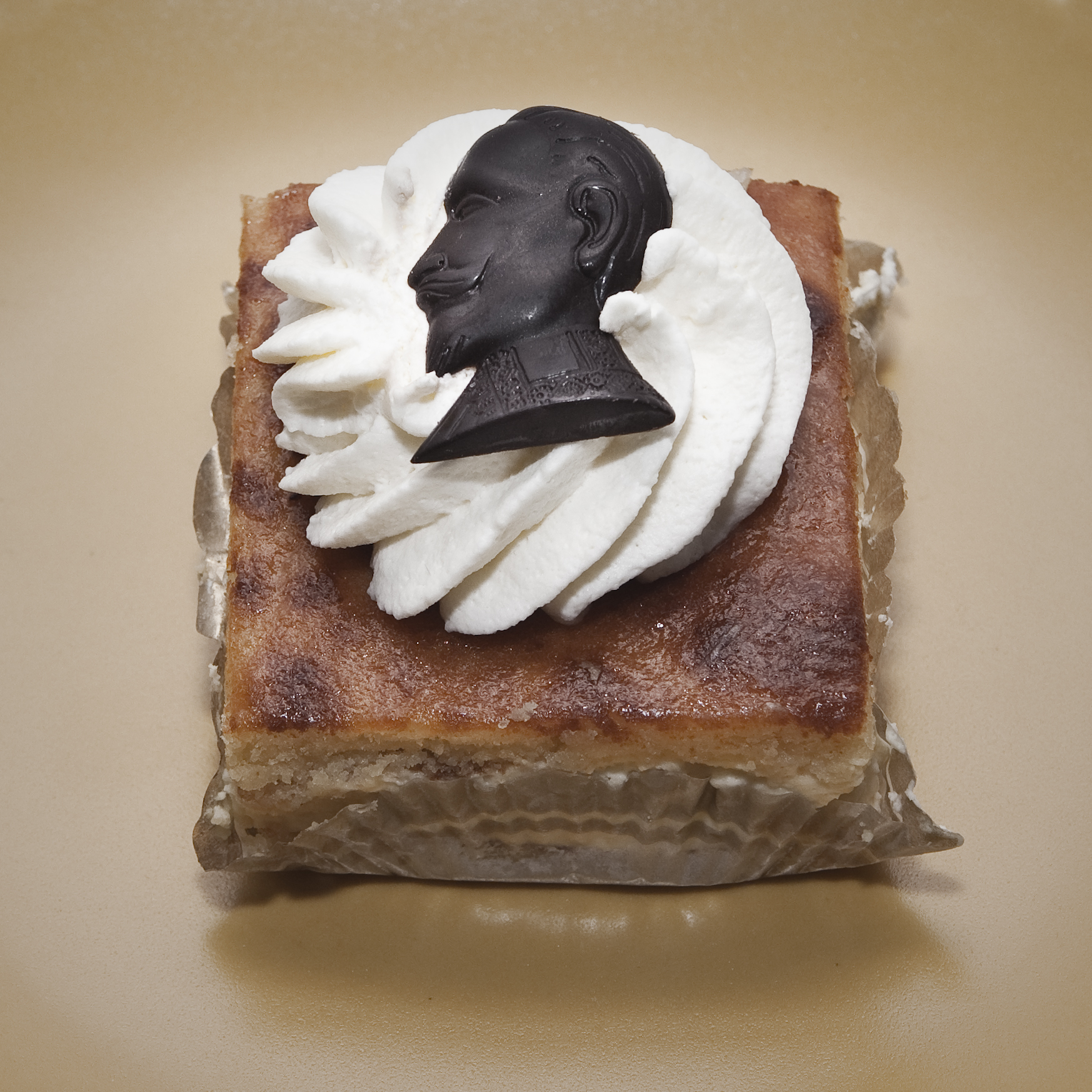

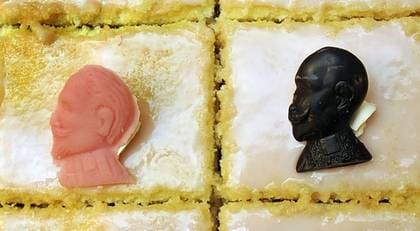















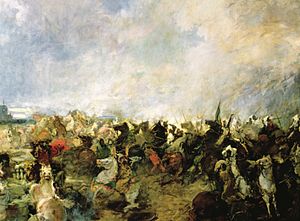




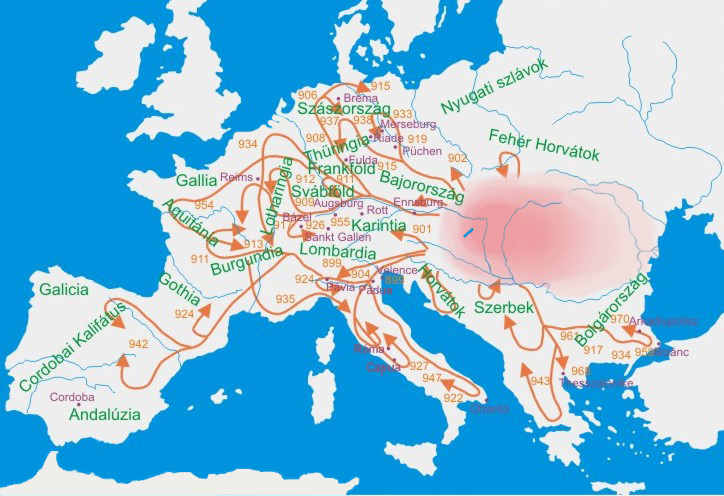
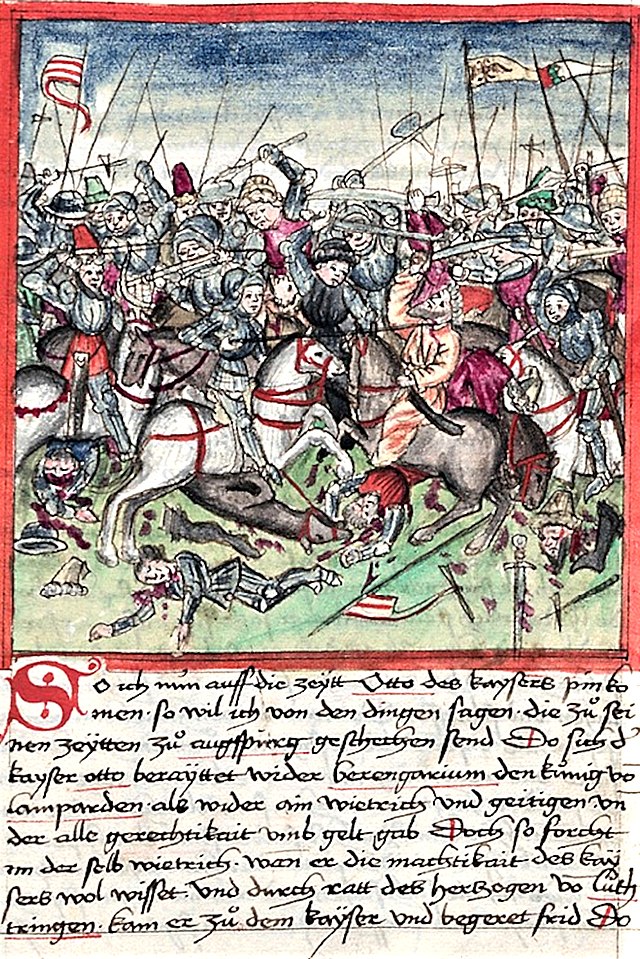
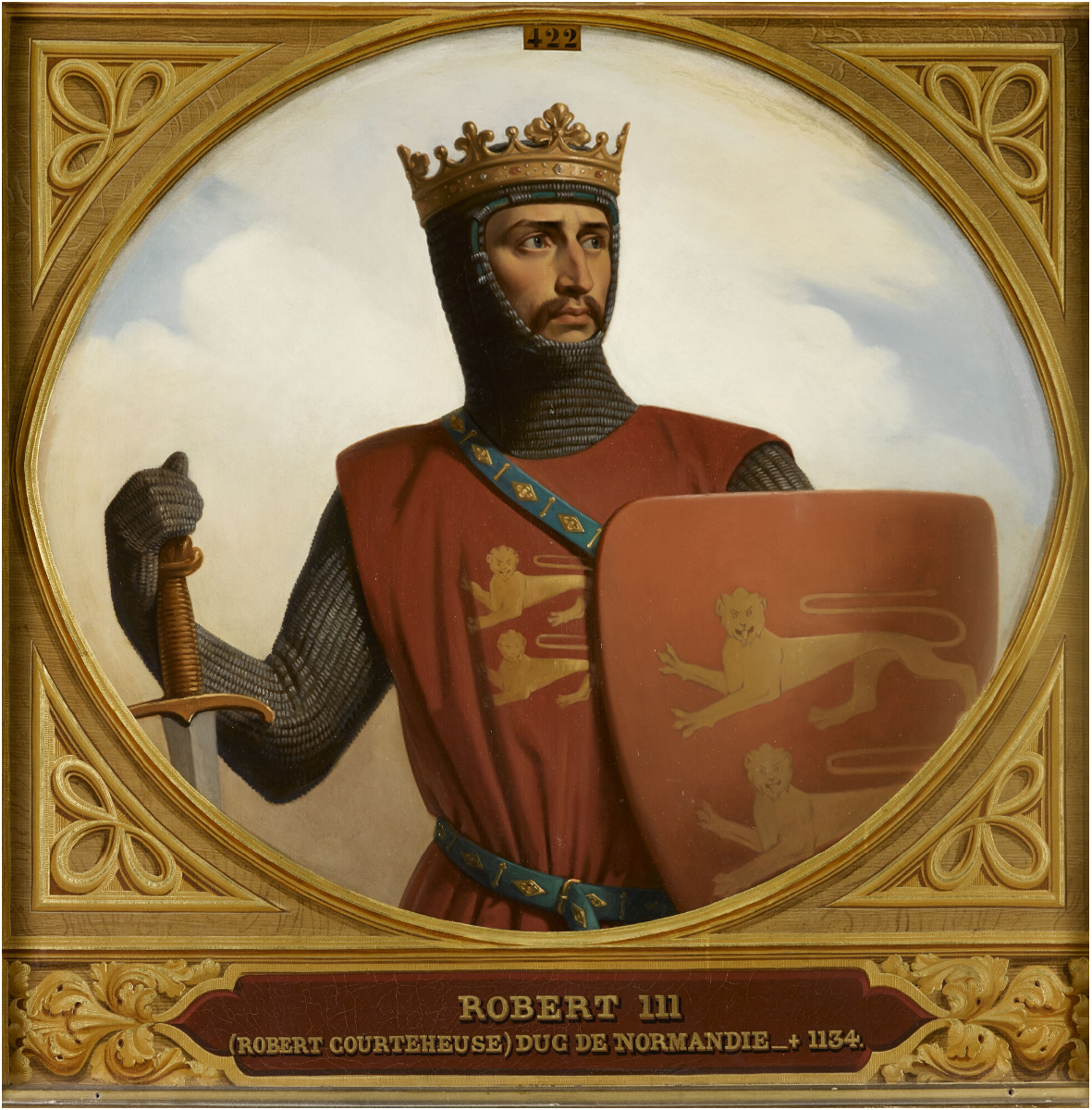

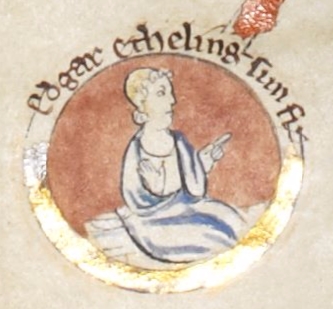
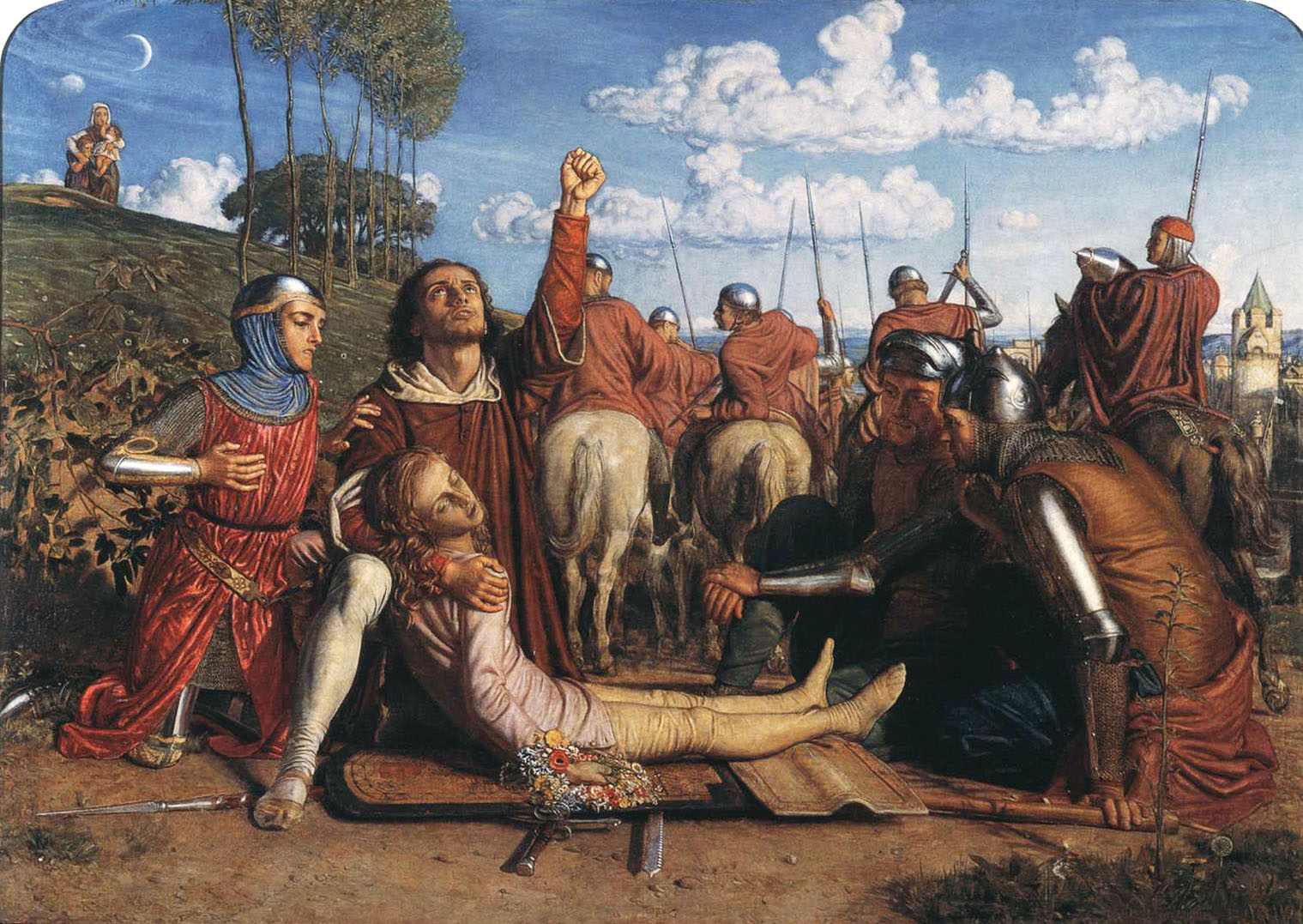


.jpg)



.jpg)